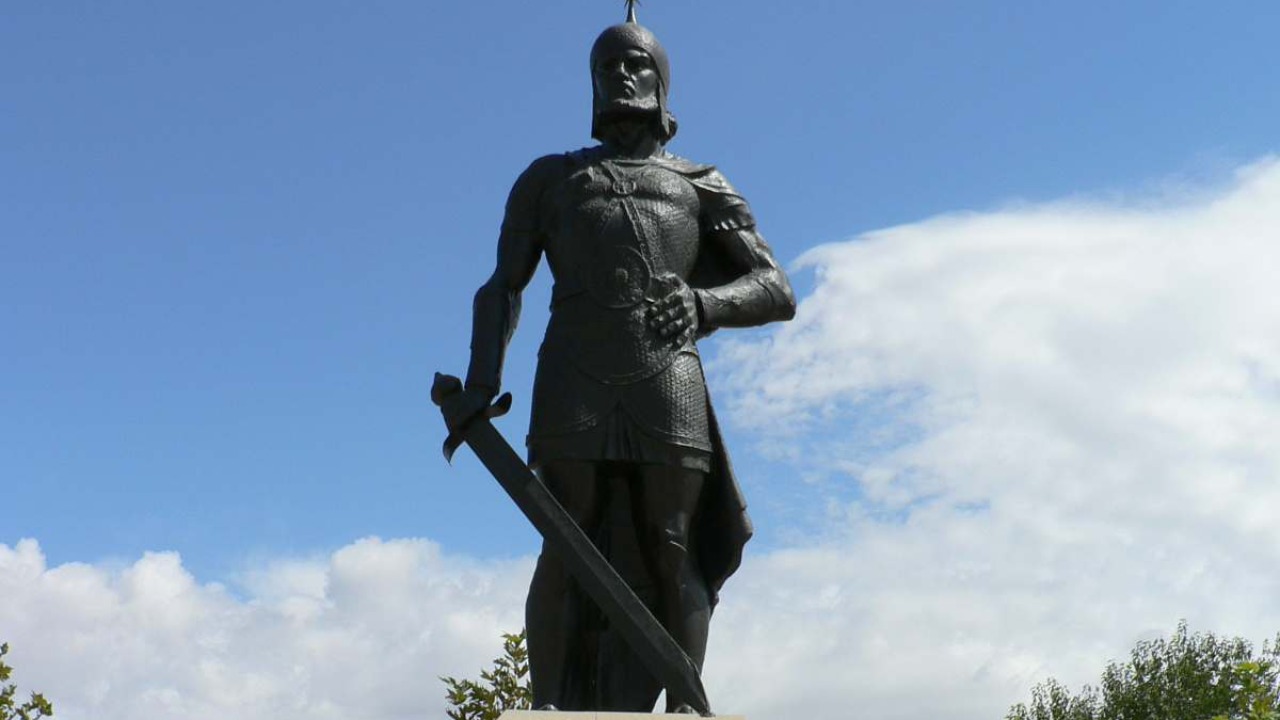
Archaeologists have unearthed an 8,000-year-old stone figurine in a cave in Azerbaijan, offering a remarkable glimpse into the beliefs and practices of an ancient culture during the transition from the Mesolithic to Neolithic periods. This artifact, precisely dated to 8,400 years ago, stands out for its intricate engravings that provide a rare insight into a prehistoric community distinct from other contemporaneous finds, such as a 5,000-year-old tomb filled with treasures. The figurine’s detailed craftsmanship and symbolic expressions highlight the artistic and cultural sophistication of early human societies.
The Discovery Site and Initial Findings
The figurine was discovered in a cave in Azerbaijan, a site that likely served as a ritual or habitation area during the Mesolithic era. This location, rich in historical significance, provided a unique context for the excavation led by a team of dedicated archaeologists. The discovery of the 8,400-year-old figurine among other artifacts was a surprising find, given its exceptional preservation and size. The stone carving’s identification as a significant artifact was confirmed by experts, who were initially taken aback by its condition and the level of detail it retained. The cave’s environment played a crucial role in preserving the figurine, allowing researchers to study it in its near-original form.
The excavation process revealed a wealth of information about the site’s historical use. The archaeologists meticulously documented the context in which the figurine was found, noting its association with other Mesolithic artifacts. This comprehensive approach provided a clearer understanding of the site’s significance and the role it played in the lives of the people who once inhabited it. The discovery, reported by Archaeology Magazine, underscores the importance of the site in shedding light on early human history.
Physical Characteristics of the Figurine
The 8,000-year-old stone figurine is notable for its compact form, which suggests it was designed for portability, a common feature in ancient artifacts used in various settings. The material and craftsmanship reflect the skills of the artisans from the Mesolithic-Neolithic transition period. The figurine’s surface is adorned with engravings that depict human or animal motifs, typical of the art from this era. These designs offer a glimpse into the symbolic language and artistic expressions of the time.
Reports from Popular Mechanics highlight the figurine’s overall condition and estimated dimensions, emphasizing its significance as a well-preserved artifact. The cave environment contributed to the preservation of the figurine, allowing researchers to analyze its features in detail. The engravings, although weathered by time, remain visible and provide valuable insights into the cultural and artistic practices of the ancient community that created it.
Interpreting the Engravings’ Narrative
The engravings on the figurine serve as storytelling elements, potentially depicting myths or aspects of daily life from an ancient culture around 8,000 years ago. These designs may represent symbolic interpretations, such as fertility symbols or hunting scenes, which were common themes in the art of the Mesolithic-Neolithic transition. The patterns observed on the figurine suggest a complex narrative that reflects the beliefs and values of the society that crafted it.
According to Vocal Media, the cultural significance of these engravings extends beyond mere decoration. They offer a window into the broader Mesolithic practices and the symbolic language used by early human societies. The figurine’s engravings provide a unique opportunity to explore the cultural and historical context of the community that created it, offering insights into their worldview and the role of art in their daily lives.
Broader Cultural and Historical Context
The Azerbaijan figurine stands out among other regional artifacts for its unique ability to reveal an ancient culture’s worldview. When compared to other discoveries, such as the 5,000-year-old tomb filled with treasures, the figurine offers a different perspective on the evolution of burial and artistic traditions post-Mesolithic. These finds collectively reshape our understanding of human migration and symbolism in Eurasia, highlighting the diversity and complexity of early human societies.
The discovery of the tomb, as reported by AOL, illustrates the evolving practices in burial and art, providing a contrast to the Mesolithic figurine’s symbolic engravings. Together, these artifacts offer a comprehensive view of the cultural and historical developments in the region, shedding light on the interconnectedness of ancient societies and their shared artistic and symbolic traditions.
More from MorningOverview